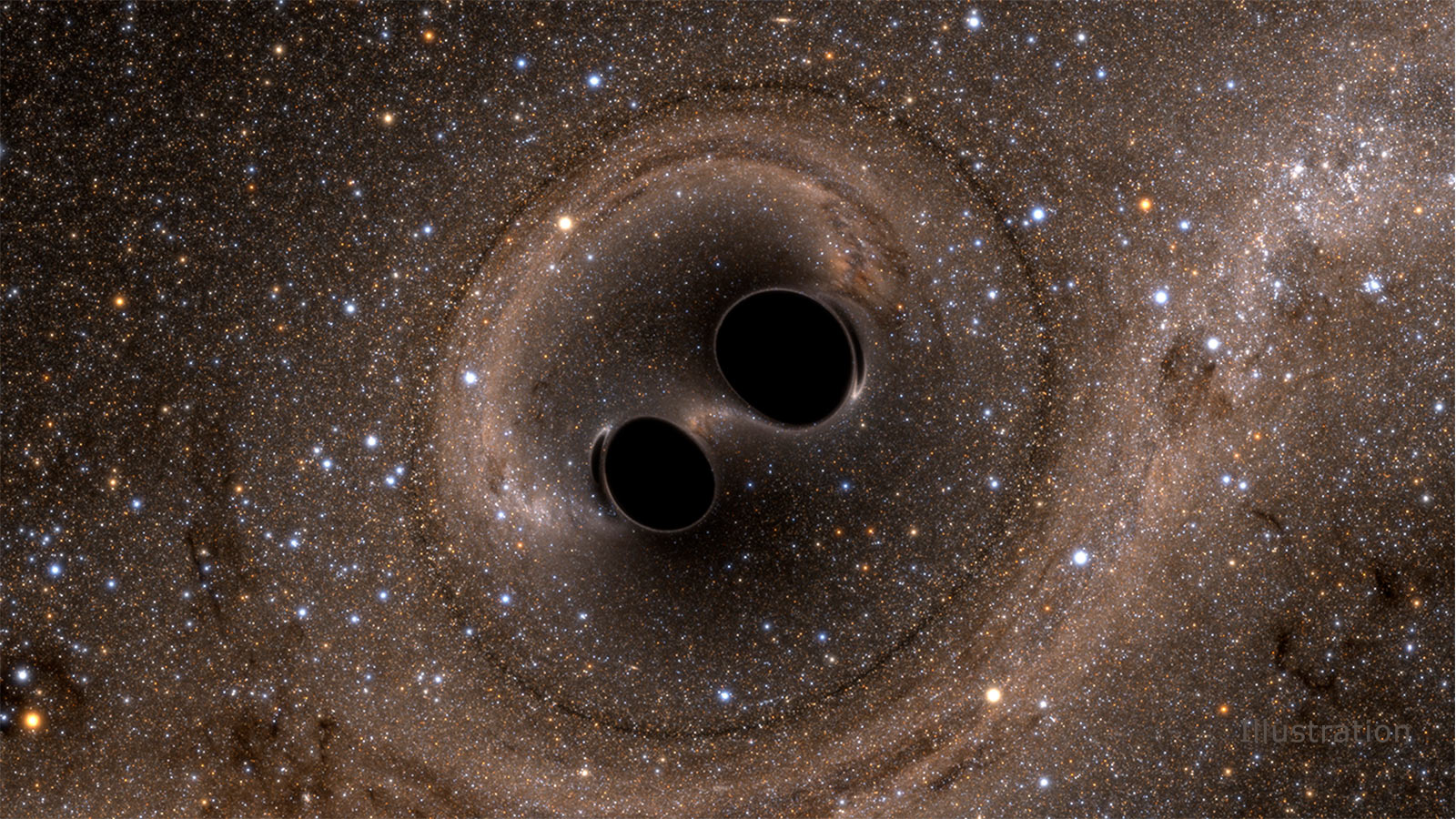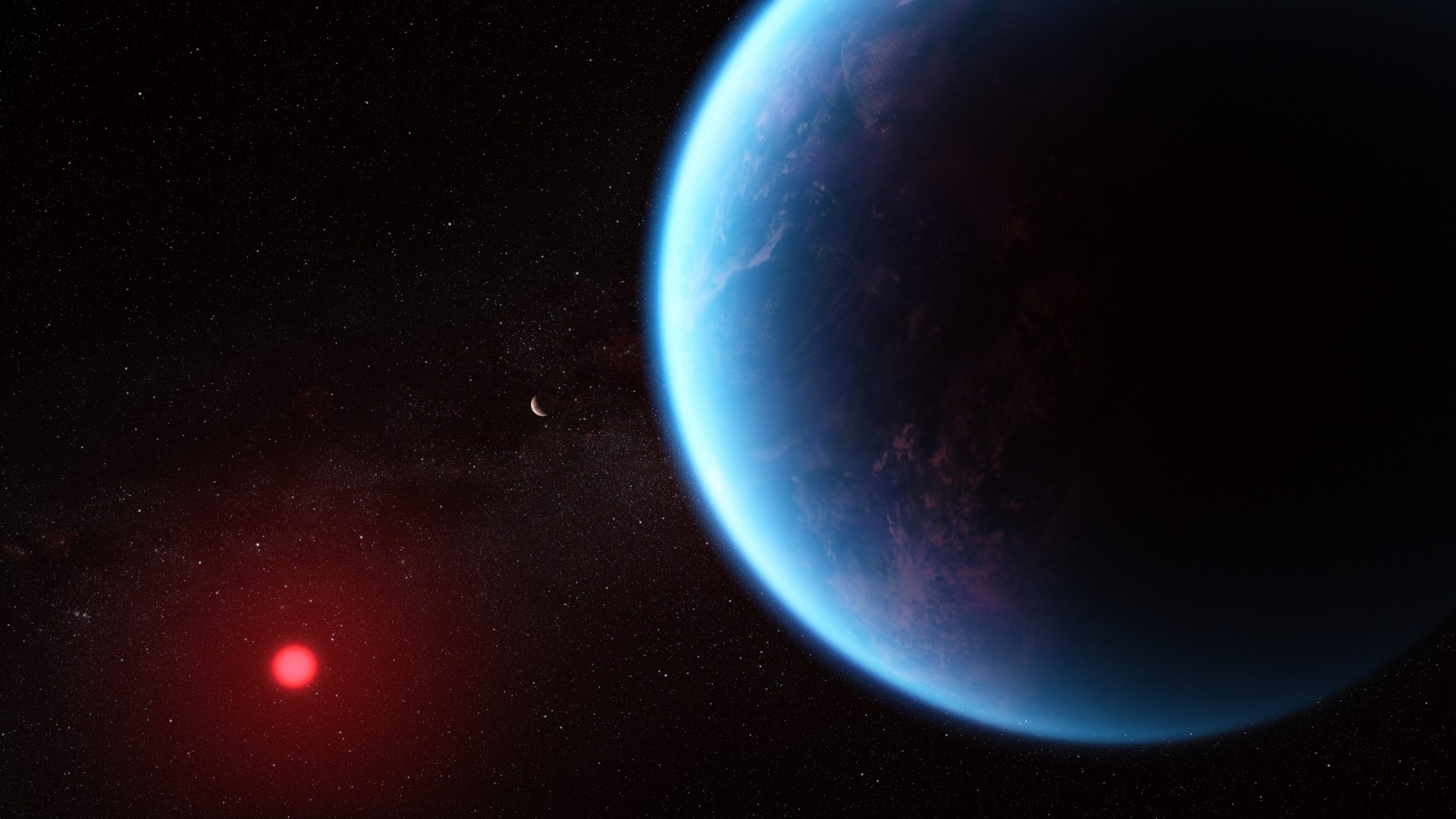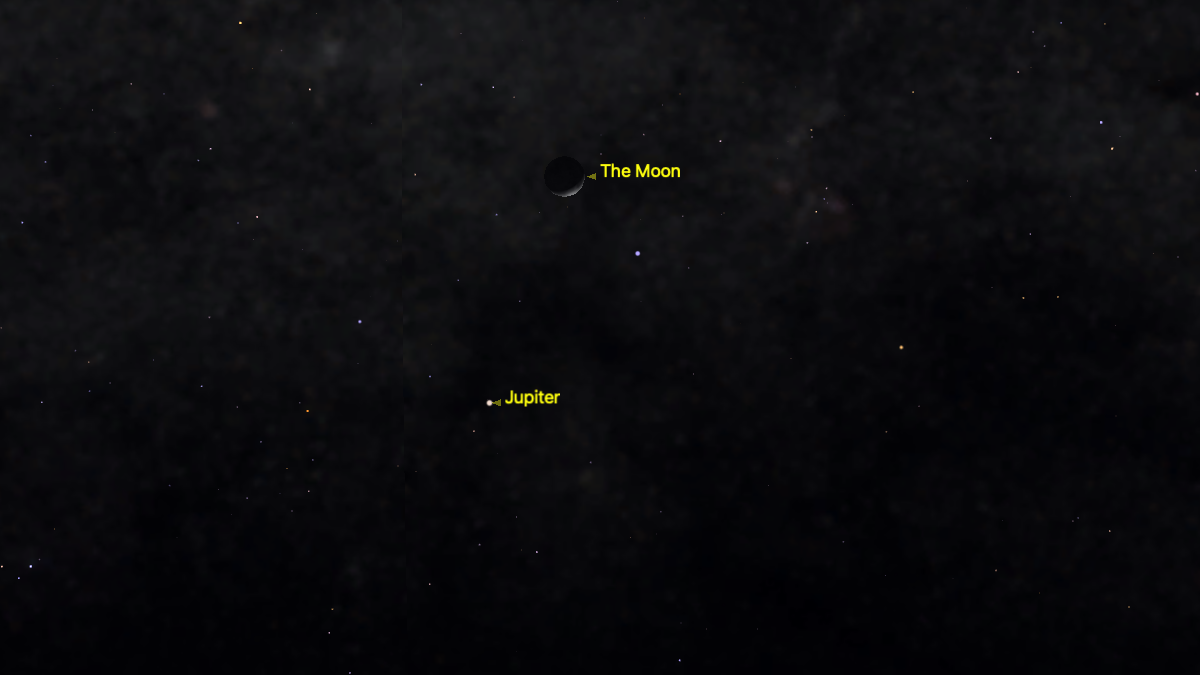Weird Shift of Earth's Magnetic Field Explained
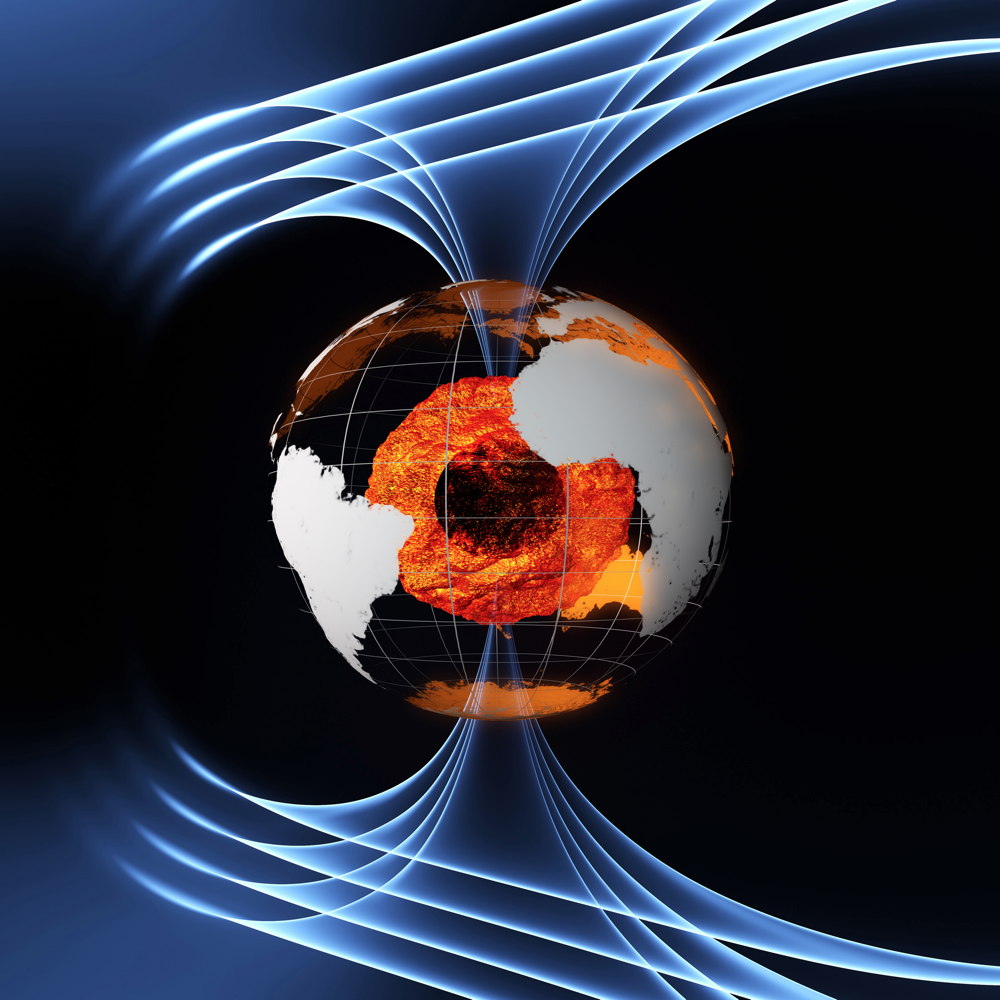
Earth's magnetic field shields the planet from charged particles streaming from the sun, keeping it from becoming a barren, Mars-like rock. For more than 300 years, scientists have recorded a westward-drifting feature in the field that models have been unable to explain.
By relying on insights gleaned from previous work, as well as data collected over nearly four centuries, an international team of scientists has been able to provide a model that accounts for the western drift of the magnetic field on one side of the planet.
"People have tried various configurations regarding the state of the core-mantle alignment," lead author Julien Aubert, of the Université Paris Diderot in France, told SPACE.com in an email."The ingredients were here, but they were never put in the right configuration, in particular for reproducing the geomagnetic westward drift."
Driven by temperature and gravity
The magnetic field that encases the planet is caused by interactions deep inside Earth's core. The inner core is solid, while the outer core features flowing liquid iron, which generates currents that in turn lead to magnetic fields.
The field surrounding the Earth changes over time, with shifts occurring most prominently in low latitudes in the Western Hemisphere. The fast-moving magnetic patches that occur near the equator drift approximately 10 miles (20 kilometers) per year. These changes are driven by intense regions of activity in the core, the cause of which scientists have been at a loss to explain.
Relying on more than 400 years of data, including more than a decade's worth of continuous global satellite observations, Aubert's team was able to create the first model to explain the westward drift.
Get the Space.com Newsletter
Breaking space news, the latest updates on rocket launches, skywatching events and more!
Gravity aligns the inner core and the mantle, the layer between the core and the outer crust, forcing liquid metal in the outer core into enormous rotating vortexes known as gyres. These gyres can reach as large as 1,700 miles (2,700 km) deep within the mantle, while smaller gyres occur closer to the surface. As these gyres are concentrated at low latitudes, core convection expels them and pushes them westward, the model shows.
At the same time, the cooling Earth is causing the outer core to slowly solidify. Over the course of a few billion years, the entire core will become solid iron.
The team concluded that the core was not growing evenly, but instead seemed to be cooling at different rates, with the solid material changing differentially across the core.
"Inner core growth is thought to be fastest below Indonesia because of the influence from Earth's mantle," Aubert said.
This broken-up cooling causes an uneven buoyancy release from the outer core, which distorts the gyre as it reaches the core's surface. These shifts create westward-drifting patches along the equator in the Western Hemisphere.
The team's results were published online today (Oct. 9) in the journal Nature.
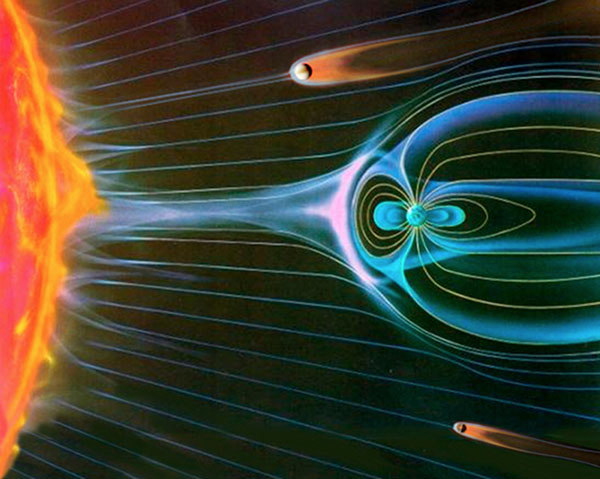
Four centuries of records
To create such a detailed model, Aubert relied not only on modern satellite readings, but also on data collected centuries ago, some by scientists famous for other exploits.
"Edmund Halley — the comet guy — observed the geomagnetic westward drift in 1692, some 300 years ago," Aubert said.
"Today's mapping of geomagnetic variations back to 1590 is the fruit of the collaboration between historians and mathematicians — gathering magnetic observations in ship logbooks, blending them with observatory data, available mainly after 1840," he said.
The long-term scope of these observations is important because the core convection changes about every century.
"If you have less than that, you're not observing the system long enough to be able to draw a viable conclusion," Aubert said.
Understanding how the Earth's core and magnetic field have changed in the past can help scientists to understand its future evolution. Since the magnetic field shields Earth from harmful solar radiation, which could strip the planet of its protective atmosphere, it is important to understand how it changes and will change over time.
"Being able to correctly model geomagnetic variations means that we're able to predict how the field will evolve in the next century," Aubert said.
This understanding could also help planetary scientists to learn more about planets other than Earth.
"Once Juno gets to Jupiter in 2016, we'll maybe be in a position to measure Jupiter's magnetic variations and perform the same analysis as on Earth," Aubert said.
Follow us @Spacedotcom, Facebook and Google+. Original article on SPACE.com.
Join our Space Forums to keep talking space on the latest missions, night sky and more! And if you have a news tip, correction or comment, let us know at: community@space.com.

Nola Taylor Tillman is a contributing writer for Space.com. She loves all things space and astronomy-related, and enjoys the opportunity to learn more. She has a Bachelor’s degree in English and Astrophysics from Agnes Scott college and served as an intern at Sky & Telescope magazine. In her free time, she homeschools her four children. Follow her on Twitter at @NolaTRedd



